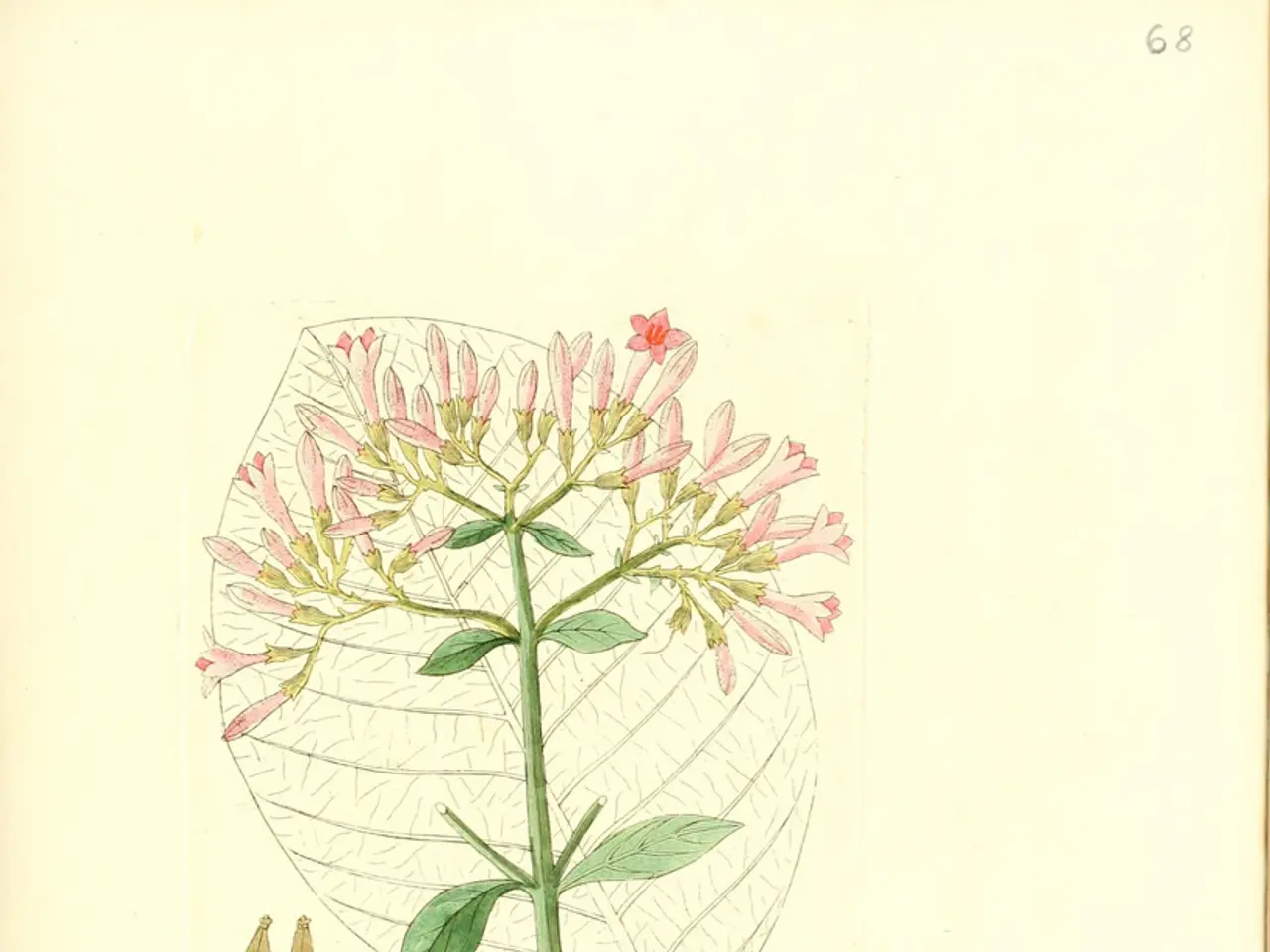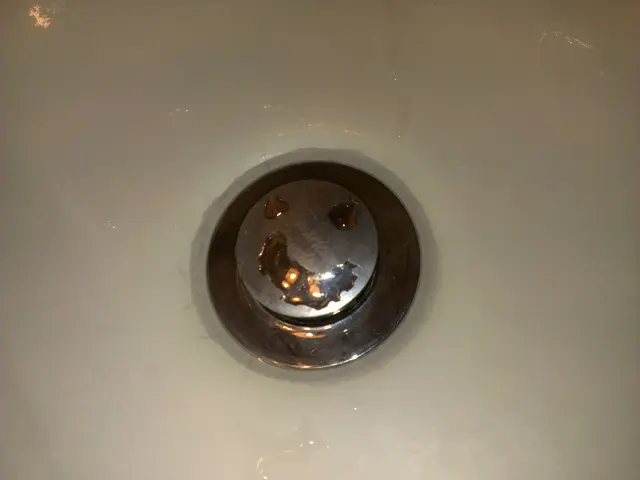Guide on Rapidly Propagating New Plants from Stem Cuttings in a Short Span
In the realm of gardening, propagating plants can be a rewarding endeavour. One such plant that benefits greatly from this method is the scented pelargonium. Here's a detailed guide on how to propagate these delightful plants using soft cuttings.
Selecting and Taking Cuttings
The first step involves selecting healthy, non-flowering, young growth from the tips of the plant. Ideally, these cuttings should be under two months old and about 6–15 cm long, depending on leaf spacing. Using sharp, clean secateurs or a knife, make a clean cut just below a leaf node. Carefully remove the lower leaves from the cutting, leaving only two or three pairs of leaves at the top to reduce moisture loss.
Preparing the Cuttings
For plants harder to root, it's recommended to dip the cut end into rooting hormone powder or gel to stimulate root formation. Alternatively, dipping the cutting in honey can help prevent fungal and bacterial infections.
Planting the Cuttings
Insert the cutting about one-third or half its length into a moist, well-draining rooting medium. Suitable media include a mix of equal parts perlite and peat, or peat and sand, seed-starting mix, or ordinary potting soil. Firm the medium gently around the cutting to remove air pockets but avoid compacting too hard.
Creating the Right Environment
Water the cuttings thoroughly once planted, then maintain moist but not waterlogged conditions consistently. Place the container in a warm position with indirect light, avoiding direct sun that could scorch tender cuttings. To keep humidity high and reduce water loss, you can cover the container or pot with a clear plastic bag or use a propagation tray with a transparent lid. Ensure some ventilation to prevent mold.
Care and Monitoring
Mist the cuttings occasionally to maintain humidity, and check moisture daily to keep the soil evenly moist. Be patient: rooting can take anywhere from four weeks to three months, depending on plant species and conditions.
When New Growth Appears
The appearance of new shoots or leaves signals that roots have formed. After seeing this, wait another week or so before potting up into individual containers or planting in the garden in a protected, shaded location. Gradually harden off the young plants by exposing them to more sun and outdoor conditions before planting permanently.
This method works very well for many herbaceous perennials and softwood shrubs, providing an efficient and reliable way to multiply your plants. Once rooted, scented pelargonium cuttings can be carefully removed and transplanted into separate pots. Keep the substrate moisture constant for scented pelargoniums, preventing it from drying out.
This method preserves beloved scented pelargonium varieties and helps save on buying new plants. It's essential to label your cuttings to keep track of species or varieties, use sterile, sharp cutting tools to reduce disease risk, and avoid taking cuttings from flowering stems or removing flowers to direct energy into root and leaf development.
After planting, water scented pelargoniums and place them on a windowsill with bright, but diffused light. Make holes with a stick to avoid damaging the tissue when planting. Insert cuttings around the edge of the pot for better drainage, and carefully place the shoots so that the leaves are slightly above the surface. A node without a bud often rots, so it's best to avoid using them for cuttings.
This method is suitable for most perennials that maintain viability for several years. Follow these steps, and you'll be on your way to propagating your own scented pelargoniums!
The process of propagating scented pelargonium plants involves selecting healthy, non-flowering young growth, preparing the cuttings by dipping them in rooting hormone or honey, planting them in a suitable rooting medium, and maintaining a consistent moist but not waterlogged environment to help them root. Once new growth appears, it's important to care for the young plants gradually by exposing them to more sun and outdoor conditions before transplanting them into home-and-garden settings, such as your lifestyle's home-and-garden, where they can thrive as part of your garden's home-and-garden collection.





